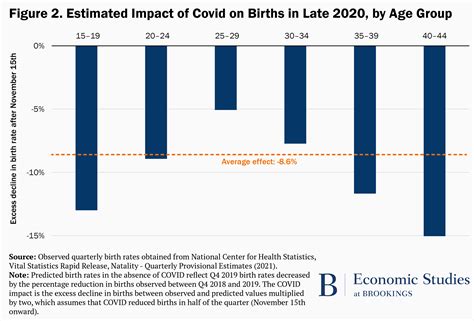The discourse around declining birth rates and its consequences on society has sparked debates on various fronts. As countries witness a shift towards smaller families and an aging population, concerns arise about the sustainability of pension systems, healthcare, and overall workforce dynamics. The comments reflect a spectrum of views, from questioning the necessity of population growth to highlighting the importance of maintaining a balance for societal well-being.
At the heart of the discussion lies the interplay between individual choices, societal needs, and long-term implications. While some argue for a more measured approach to population growth, emphasizing quality of life and well-being over mere numbers, others point to the complex web of dependencies that rely on a certain demographic structure. The concept of ‘replacement birth rates’ emerges as a critical factor, indicating the minimum fertility rate needed to maintain a stable population size.
The idea of viewing children as contributors to society’s continuity is juxtaposed with individual desires for personal fulfillment and autonomy. User comments touch on the shift towards individualism, the impact of economic factors on family planning decisions, and the evolving nature of social contracts within communities. The narrative unfolds with contrasting perspectives on the role of parenting, societal obligations, and the perceived value of raising children.
A key aspect highlighted in the discourse is the potential repercussions of an aging population on various sectors, such as healthcare, workforce distribution, and economic stability. As fertility rates decline and life expectancy rises, the traditional models of intergenerational support face challenges. The need for innovative solutions to address these demographic shifts becomes increasingly crucial, sparking conversations on policy interventions, social structures, and cultural norms.
The discussion extends to explore futuristic scenarios, such as the role of genetic engineering in shaping population dynamics and the hypothetical emergence of ‘baby farms’ in response to declining birth rates. While some envision technological advancements as potential solutions to demographic challenges, others emphasize the importance of addressing fundamental societal values, community support systems, and the impact of individual choices on broader demographic trends.
As the dialogue continues on the implications of declining birth rates, the intersection of economic, cultural, and ethical considerations comes to the forefront. The comments provide a glimpse into the diverse perspectives surrounding population growth, the societal significance of childbearing, and the evolving landscape of family structures. Ultimately, the discussion showcases the complexity of demographic trends and the multi-faceted impact they have on present and future generations.


Leave a Reply